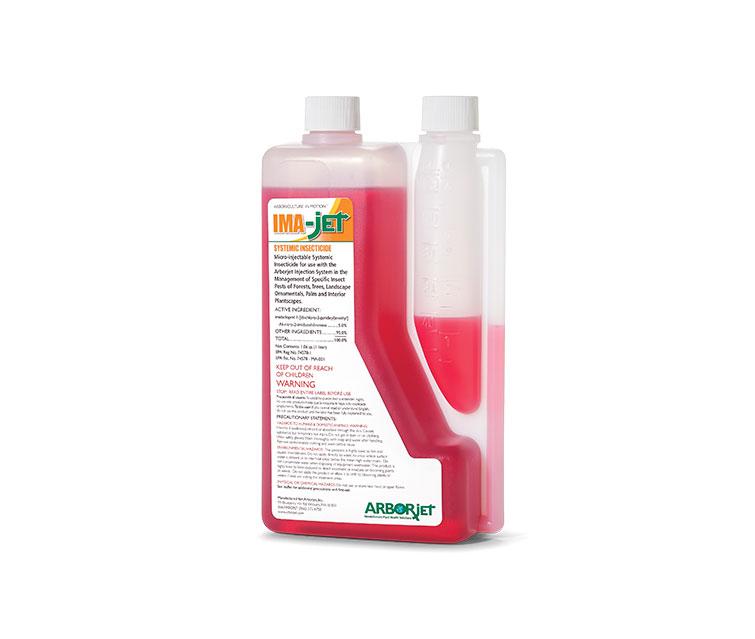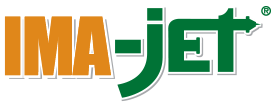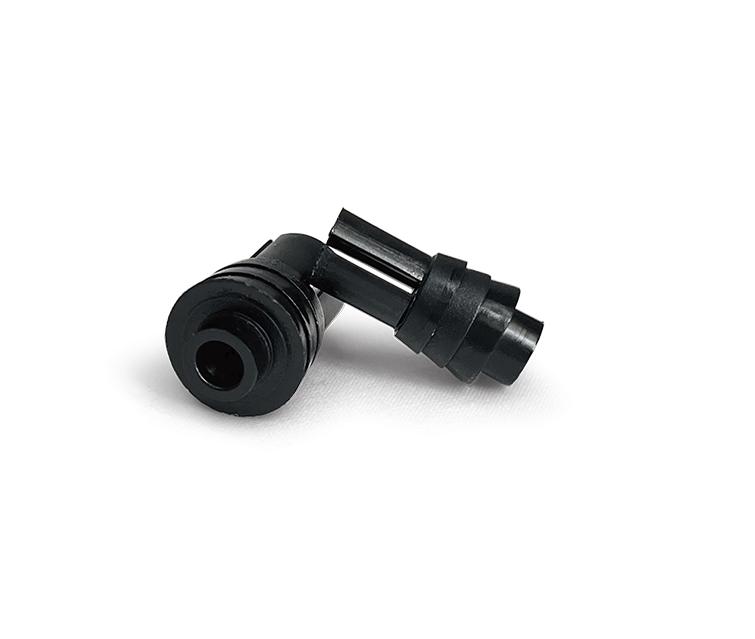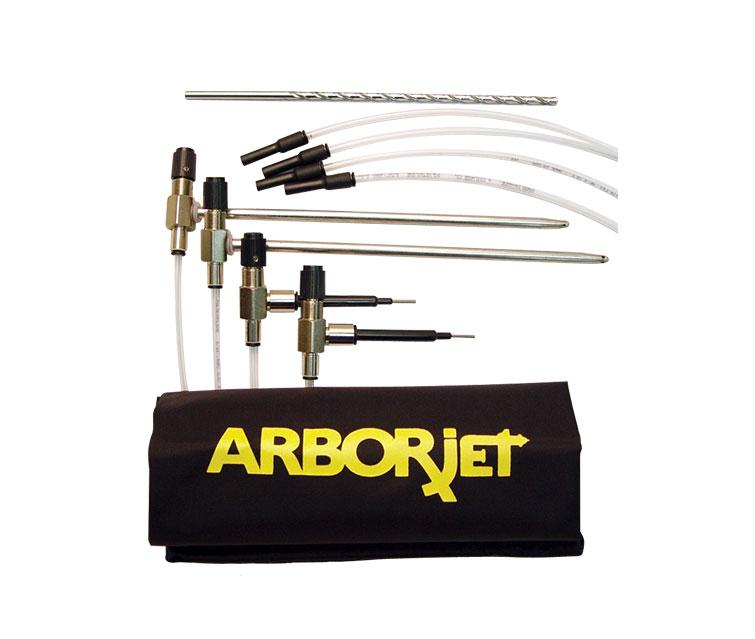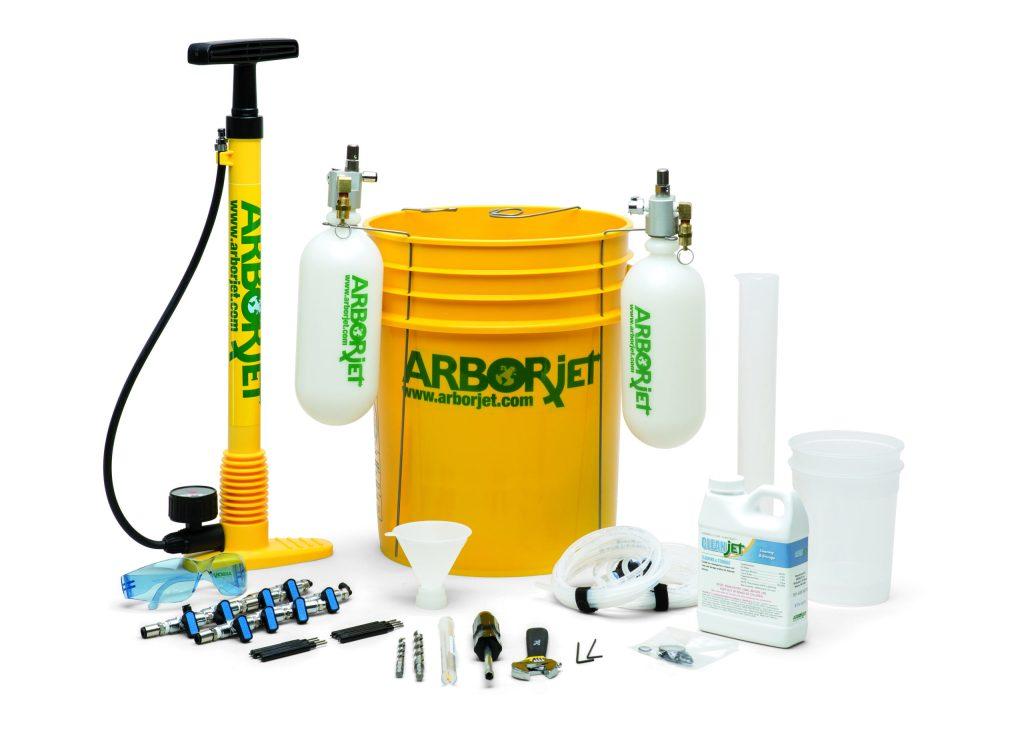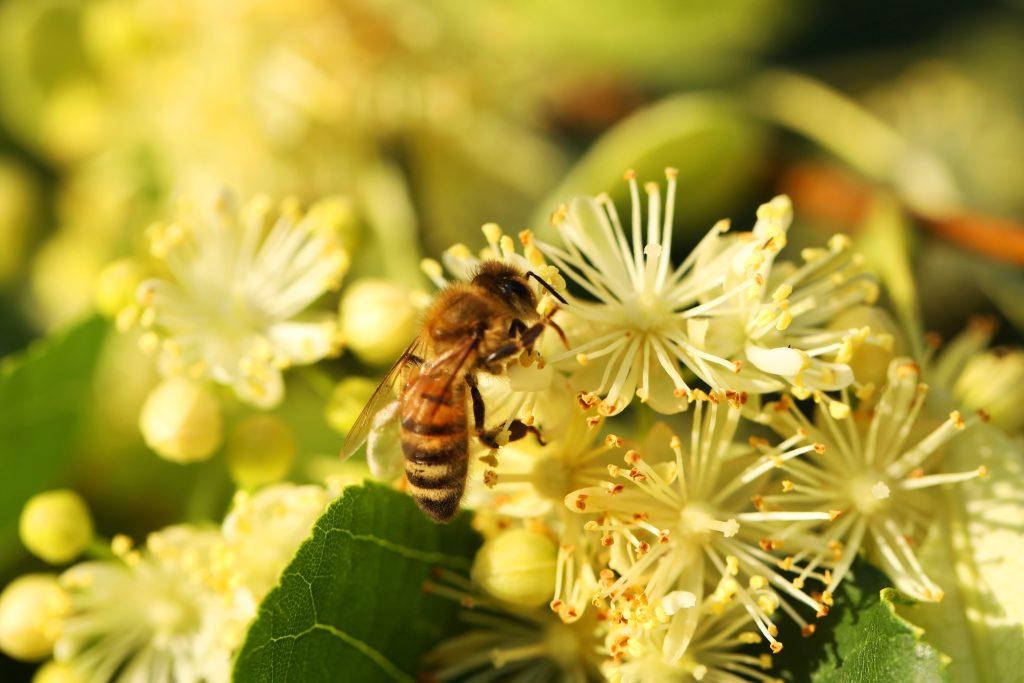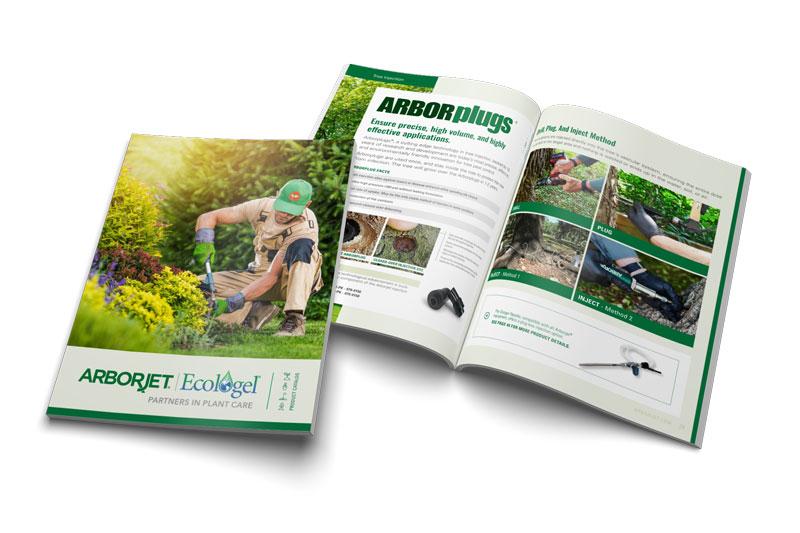IMA-jet
Micro-injectable systemic insecticide for the management of specific insect pests in forests, trees, landscape ornamentals and interior plantscapes.
Active Ingredient: Imidacloprid: 5.0%
Other Ingredients: 95.0%
Total: 100.0%
Effective Treatment For:
Spotted Lanternfly, Adelgids (including Hemlock Woolly Adelgid), Aphids, Leaf Beetles (including elm and willow leaf beetles), Borers (including Emerald Ash Borer, Asian Longhorned Beetle and Bronze Birch Borer), Lacebugs, Leafhoppers, Leaf miners, Mealybugs, Psyllids, Scale Insects and Whiteflies.
IMA-jet 1-Liter – (040-2003)
IMA-jet Case of 8 – (040-2004)
*1 liter treats 25 trees (10″ DBH)

